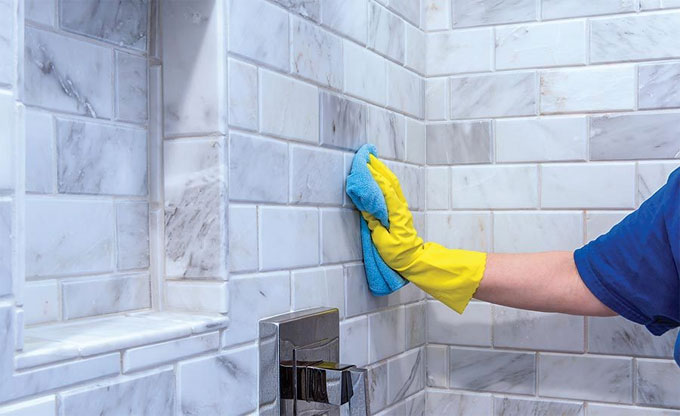
Tips on Protecting Natural Stones

In our world today with ever increasing hybrid materials it is important to go back to one of the fundamental material for construction-stone.
Stone has been an integral part of the construction industry from the ancient to the modern days. Even though today we have a number of preservatives which claim to prevent the decay of stones the success of it cannot be guaranteed.
Temporary Methods
There are a number of temporary methods to prevent the decay of stone.
1. The first method involves drying the stone with a blowlamp after which a coat of paraffin/linseed oil/light paint should be added.
Before adding the linseed oil it should be boiled, after which the three coat application process can be started. After the addition of the oil a coat of dilute ammonia in warm water must be applied.
2. Another method is to wash the stone with Szerlmy?s liquid. Now, what is Szerlmy?s liquid? It is the usage of a thin solution of silicate of soda and potash upon drying of which CaCl2 is added. The solution together is called Szerlmy?s liquid.
3. The third method to prevent decay is the water repellent treatment. Water often enters the pore of stones which when freezes causes expansion and results in spalling.
This repetitive damage process is called the freeze-Thaw damage. This method should not be used for stones with low porosity. Using water repellent such as the ProSoCo H40 and H100 can strengthen stones by depositing silica into the pores.
4. Cleaning stones after installation is also an effective process. Muritaric Acid diluted in water is the most common type of stone cleaner.
This solution is not a safe option to clean marbels and limestone as it will result in discoloration of the stone. The safer option to clean limestone and marble is ProSoCo?s safety Klean.
5. Earlier lead paint was used as a preservative but due to its corrosive effect on stone it decolorizes the stone.
Painting stones with coal tars proved to be helpful but then again it will change the natural appearance of the stone along with the beauty of it.
The use of various colour enhancers has proven to be useful. Many a time?s architectures do not get the desired colour and in those situations colour enhancers are of extreme help. They not just add colour to the stones but also provides water and stain repellency.


